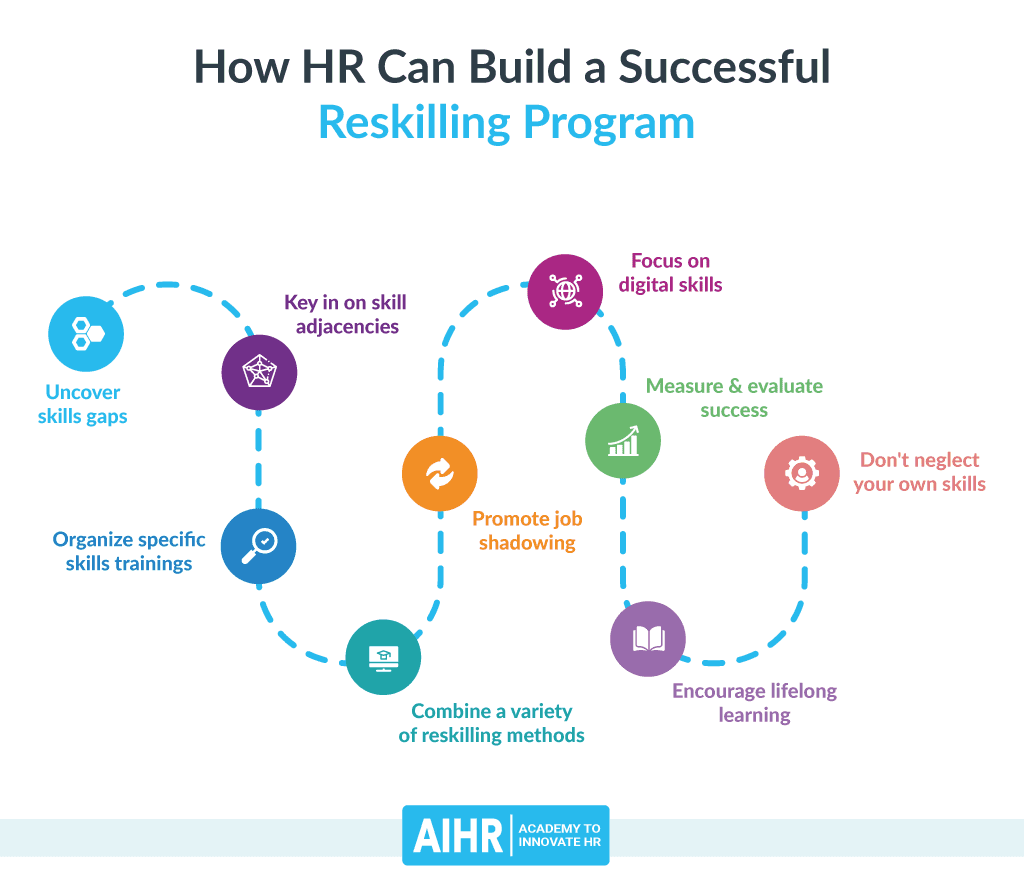Part
01
of one
Part
01
Curriculum Strategy Best Practices
Key Takeaways
- Identifying and analyzing the learning needs for every employee group (department) is the first step in developing an effective and efficient training program.
- The employees' L&D and training goals should be people-centric and tailored to an organization's developments.
- Learning journeys acquaint employees with the required new competencies most effectively and efficiently.
Introduction
This research provides seven best practices/considerations for developing a curriculum strategy for a corporate learning and development (L&D) organization. For each practice, our research team identified an industry expert or thought leader talking about it.
Best Practices for Developing a Curriculum Strategy for a Corporate Learning and Development (L&D) Organization
1. Conducting a needs analysis
- Identifying and analyzing the learning needs for every employee group (department) is the first step in developing an effective and efficient training program.
- An L&D department should proactively identify and develop learning needs that propel an organization towards its strategic objectives. All key stakeholders should be engaged in performing a comprehensive need analysis to understand the required support from the L&D department clearly.
- An ideal framework details a training program's future roadmap and outlines the "vision, objectives, primary learning needs, employee groups, core delivery methods, measurement, and governance."
- McLean& Company is one industry expert discussing "conducting a needs analysis" as a best practice.
2. Determining ownership of L&D
- Organizational leaders should create dedicated cross-functional teams which incorporate personnel from various departments.
- Whatfix is one employees' or users' training solution discussing "determining ownership of L&D" as a best practice.
3. Setting the learning vision
- A cross-functional team should tailor the learning goals to an organization’s strategic priorities to enhance efficiency and performance. The team should identify an ambitious goal to ensure the L&D unlocks value.
- The employees' L&D and training goals should be people-centric and tailored to an organization's developments. With a clear vision of the objectives of the learning and development strategy, employees assess how training support the overall corporate strategy.
- McKinsey is one industry expert discussing "setting the learning vision" as a best practice.
4. Creating department objectives
- The L&D team’s objectives should be aligned with an organization's overall strategic objectives. The overall L&D team's objectives should also be tied to departmental goals.
- A well-crafted L&D strategy enhance workplace transparency between departments.
- The Association for Talent Development (ATD) is a talent development association discussing "creating department objectives" as a best practice.
5. Conducting a skills gap analysis
- Conducting a gap analysis entails comparing a department's or employees' current skills to desired levels. Some gaps' assessment tools include observations, interviews, and human resources (HR) records.
- A cross-functional team should assess and identify areas the L&D program will focus on. This practice enlightens the team on the required depth of L&D training for various departments and employees.
- Whatfix is one employees' or users' training solution discussing "conducting a skills gap analysis" as a best practice.
6. Designing learning journeys
- Designing learning journeys entails creating continuous learning opportunities tailored to L&D interventions, such as "fieldwork, pre-and post-classroom digital learning, social learning, on-the-job coaching and mentoring, and short workshops."
- Learning journeys acquaint employees with the required new competencies or skills most effectively and efficiently.
- McKinsey is one industry expert discussing "designing learning journeys" as a best practice.
7. Integrating L&D interventions into HR processes
- The L&D should be an integral component of HR agendas, such as "recruitment, onboarding, performance management, promotion, workforce, and succession planning."
- An L&D cross-functional team should collaborate with the HR department to comprehend major HR management practices and processes. Successful collaboration enables managers to provide developments feedback effectively.
- McKinsey is one industry expert discussing "integrating L&D interventions into HR processes" as a best practice.
Research Strategy
For this research on the best practices/considerations for developing a curriculum strategy for a corporate learning and development (L&D) organization, our research team leveraged the most reputable sources of information that were available in the public domain, including McKinsey, McLean & Company, Whatfix, and several others. However, we prioritized some information from McKinsey, which is dated prior to 24 months.
The best practices were determined based on repeated mentions across reputed industry publications.
